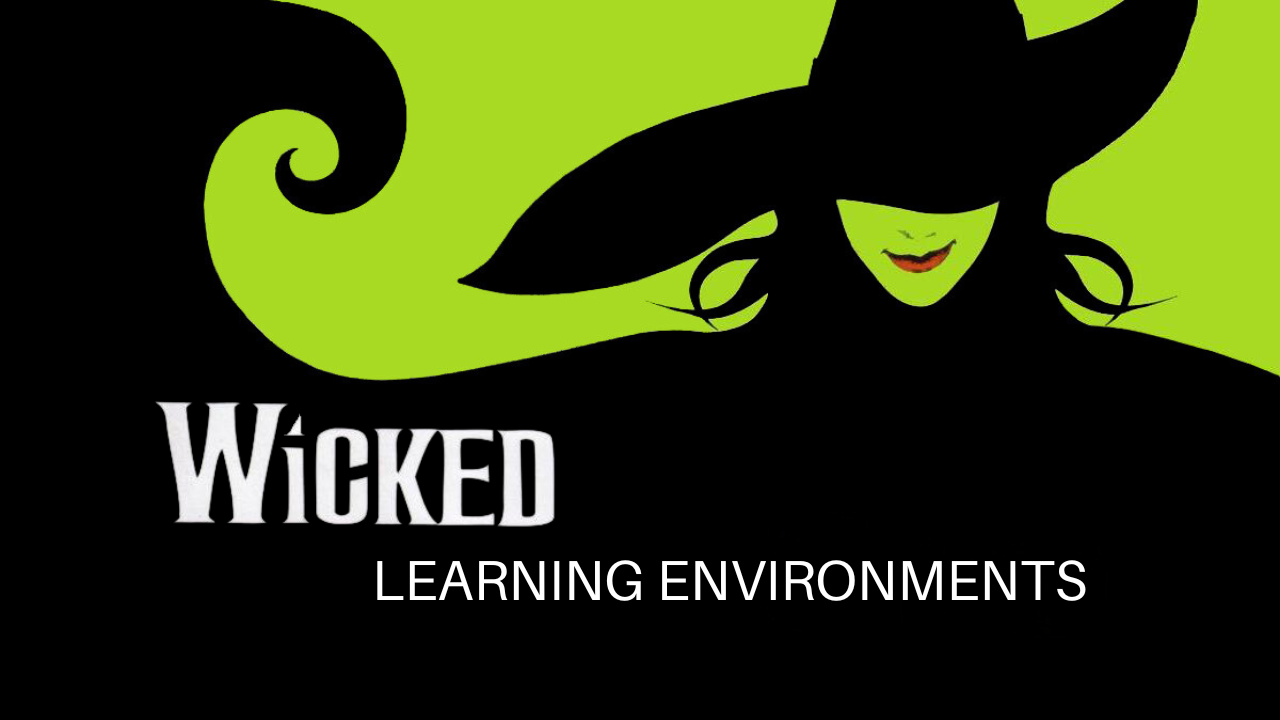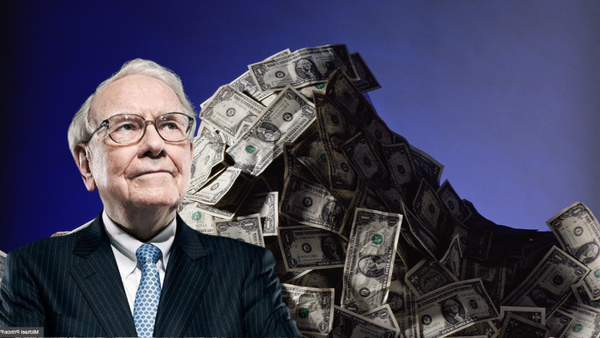Navigating the Wicked World of Portfolio Management

There are two types of learning environments, kind and wicked.
Kind learning environments have clearly defined rules of play and your efforts receive immediate actionable feedback. You master the subject by repetition and testing the boundaries within the clear rules of the game.
Playing sports or learning a musical instrument are great examples of a kind learning environment.
Wicked environments, on the other hand, have poorly defined or constantly shifting rules. You do not receive immediate feedback and the feedback you do receive is ambiguous. It’s unclear if your actions, good or bad, were the results of your efforts or just luck.
Portfolio Management is a wicked learning environment.
The game's rules are poorly defined and constantly changing due to external and internal factors. Most importantly we don’t receive immediate actionable feedback for our actions.
External Factors
The structural composition of the market is always changing.
We used to have human market makers, but now it's run by computers and algorithms.
It used to be only institutional investors and wealthy individuals investing in stocks. But then you had the rise of mutual funds and 401Ks, which brought in the mass affluent. Then the internet and deregulation drove trading fees down to $0 and increased access for all individual investors.
Today's market structure is defined by index investing, algorithmic trading, quant shops, and multi-strategy hedge funds.
And over this time the average holding period of equities has declined to 10 months.

No Clear Rules
A clear set of rules of best practices for portfolio management does not exist.
And if someone did discover them why share them? Why give away your secret to better risk-adjusted returns?
Every investor and portfolio manager has their own set of rules regarding the total number of holdings, the maximum position size, when to trim or add to a position, and when to sell a position that is different from each other.
And these rules are changing over time.
An investor may explicitly change their rules as their portfolio size increases and a portfolio manager may change their rules as the total AUM they manage increases. An individual may tweak their rules as they age and their risk tolerances change. A portfolio manager
But portfolio management rules also change through small daily transgressions.
If you have a maximum position size rule and a position exceeds it do you trim it the day it happens or do you give it a day or two? Is your timing consistent across all similar trades?
How much do you trim the overweight position? Do you always take the position back down to a similar weight? Or do you trim some positions more and less for others? If so, then why?
If you’re not consistent with each move and decision then your portfolio management rules are not clearly defined and easy to follow.
No Immediate Actionable Feedback
The biggest issue with portfolio management is the lack of immediate feedback.
Portfolio management is a constant barrage of decisions. But you don’t find out if the decisions you made in your portfolio were the correct ones until well after you’ve made them. Potentially years later.
For example, I have a maximum position size rule in my portfolio and Costco recently passed that boundary. I trimmed the position to bring it below its maximum target range but not back down to its target weight.
Then the next few days Costco continued to set new all-time highs.
Was trimming Costco the right thing to do?
In the short run, no.
It hurt my short-term portfolio returns.
What if my maximum position size rule was too strict and I should've let Costco become a bigger position? What if Costco continues its upward trajectory? I’m missing out on those gains. Yes, I still have a large position but I could've earned more.
If Costco’s stock continues upward do I change my rules because of this one case? Or should I wait for more examples before making a decision? But it could take years before I get another example to study.
Do I increase my maximum position size rule now? What if the next stock that crosses my old maximum position size rule but not my new one drops precipitously before reaching my new size rule? Now I’ve increased my exposure to a bigger loser. And I’ll be upset with myself for changing the rule. Then do I change my rule back?
Reducing an overweight position and reducing the overall risk of an outsized individual equity seems like the prudent thing to do. Also, Costco appears expensive based on current multiples. I run a justified P/E calculation based on long-term earnings estimates and current ROIC. Trimming an expensive overweight position should, in theory, improve portfolio returns over time because overvalued stocks tend to underperform the broad market.
But I don’t know if it’ll be good for the long-term returns of my portfolio until years later.
How to Learn in Wicked Environments
Good Process
Focus on the quality of your decision-making process.
A key point she makes: it is not the outcomes but the quality of your decisions that matter. Therein lies an important pearl of wisdom: we should be measuring ourselves less on outcomes and more on the quality of our decisions.
As Duke says: focus more on the quality of decisions at every step of the way – do the best you can with all the signals to make the best possible next decision. And once you do that, a good outcome is well, good but more importantly, a bad outcome is not something you should feel bad about. In other words, focus more on the process than obsessing over the outcomes.
Returning to the Costco example. was it a good decision-making process?
Yes, the position was too large and violated one of our rules. Plus, we used a consistent process to determine that it was too expensive.
The only quibble with my process is the position size rule.
How do I know that the position size rule is the best one for my portfolio? iI is something that I will need to continue to look into and monitor to determine if I’m implementing a good maximum position size rule.
Avoid Survivorship Bias

If you’re unfamiliar with the image above it’s from a story about World War 2.
During World War II, researchers from the Center for Naval Analyses conducted a study on the damage done to returned aircraft after missions. They then recommended adding armor to the areas that showed the most damage to minimize bomber losses to enemy fire.
But a Hungarian mathematician pointed out that the damage was recorded on planes that made it back. They survived the damage.
Instead, the researchers should pay attention to the other areas of the plane because planes that took damage in those areas did not make it back to base.
A user on Reddit overlaid the image above onto the plane’s internals to explain why damage to the white areas resulted in death.
You can avoid survivorship bias by analyzing your successes and failures and finding commonalities.
ES: Let's say you have 100 failures, and you dive into 100 failures, and you kind of bombard them, scrutinize them, inspect them, fire people, you know, you essentially create big accurate data on 100 failures. You'll find lots of stories there as potential reasons for failure, so from that experience you think you’ll learn to avoid failures. But here you have 100 successes that you don't look at. You would be better off if you could take maybe 10 failures and 10 successes, and study them at the same time. You would be more precise about what actually causes the difference. And they may be exactly the same, by the way. And then you will say: ‘Ok, it's very complicated, and chance plays a large role.’ Maybe it's not a given at all that they will be very different.
While portfolio management is a wicked learning environment, it is not the wickedest learning environment where the rules are constantly changing. The current market rules tend to last for a while. So we can learn to navigate it better by monitoring and improving our decision-making process and avoiding our biases as best we can. Then adapting when the rules change.




